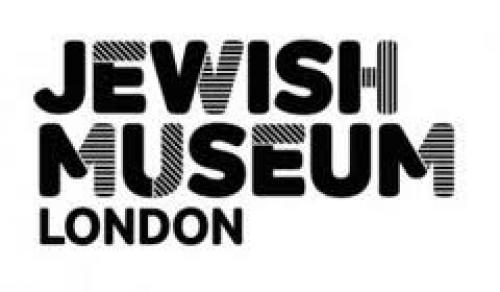CfP: Tracing Topographies: Revisiting the Concentration Camps Seventy Years after the Liberation of Auschwitz

London Jewish Museum, 6th to 8th January 2015
‘Auschwitz has become a site of memory with a future, and it has thus become another tourist site with all the required amenities, a “must” on any itinerary.’ (Sicher, Breaking Crystal: 21)
Formerly locations of abject horror, the concentration camps have arguably been transformed into tourist hotspots, available as part of package deals complete with tour guides, audio-guide headsets, and pertinent photo opportunities. The concentration camps might have remained stationary in a physical or geographical sense, but their topography has not maintained its horrific essence, and their cultural meaning has shifted substantially. The diachronic shift of the last seventy years has thus – perhaps -facilitated a usurpation of the camps, which have come to be experienced simultaneously as loci of remembrance and profanations against memory.
Temporally and spatially
The concentration camps are experienced temporally and spatially: you can physically go to the camps and you can learn of the camps from the pages of history. Notwithstanding, neither historical nor spatial distancing suffices in order to assuage the horror. Primo Levi suggested that at the moment of the horror, one could not conceive it at its full magnitude; he argued that the victim ‘felt overwhelmed by an enormous edifice of violence and menace but could not form for himself a representation of it because his eyes were fastened to the ground by every single minute’s needs’ (The Drowned and the Saved: 6). Levi’s concern at the time was that the Lagers did not provide a good ‘observation post’ from which to fully comprehend the true scope of the catastrophe therein. The question now, is whether in addition to the perspective gained from spatial distance, we might have gained perspective through temporal lapse; if so, what kind of new and different perspectives has this distance provided? The seventy year milestone allows us to engage with these questions, inviting, perhaps, objective – or, more objective – perspectives on these questions.
The camps’ topology
In a Lefebvrian sense, space is socially constructed and the concentration camps are a particularly apt example. We would like to invite not only papers that explore the topography of the camps – from historical, sociological, and artistic perspectives – but also papers that examine the camps’ topology. Utilising a topological methodology in relation to the camps may facilitate some fascinating approaches: for instance, notions of continuity and (dis)connectedness; the manner in which boundaries are experienced and delineated in the camps; and the proximity to neighbouring populations that can be read both literally and metaphorically.
The role of the concentration camps
Within the discussion of the Holocaust, the concentration camps hold a pivotal position: as the sites of mass destruction, and the culmination of the Nazi enterprise, the camps are the embodiment of Nazi cruelty and efficiency. This multidisciplinary conference will explore representations of the camps in literature and art in an attempt to discern the lessons and legacies of the Holocaust more broadly; historical accounts and sociological perspectives may also yield further insight into the role of the concentration camps in the perception of the Holocaust at large. This conference invites papers that explore the unresolved questions that the concentration camps pose within political, historical, and cultural discourses.
In addition to the main issue of the conference, the organisers are also interested in papers that explore the following:
- Representations of concentration camps in art and literature
- Cultural Representations of Nazi persecution
- The Jewish Shoah
- Lessons and legacies of the Holocaust
- Historical accounts
- Sociological perspectives (e.g., gender roles in the concentration camps)
- The ethics of representation
- Perpetrator perspectives
- Geographical and topological explorations of the concentration camps
- Morality at and after Auschwitz
- Trauma and Survivors’ Narratives
Confirmed keynote speakers:
- Professor Sue Vice (University of Sheffield)
- Professor Nikolaus Wachsmann (Birkbeck University)
- Dr Maurizio Cinquegrani (University of Kent)
The conference will be held at the Jewish Museum in London 6-8 January 2015. Please send abstracts of no more than 300 words to Vered Weiss and Jo Pettitt at tracingtopographies@kent.ac.uk by 14 August 2014.